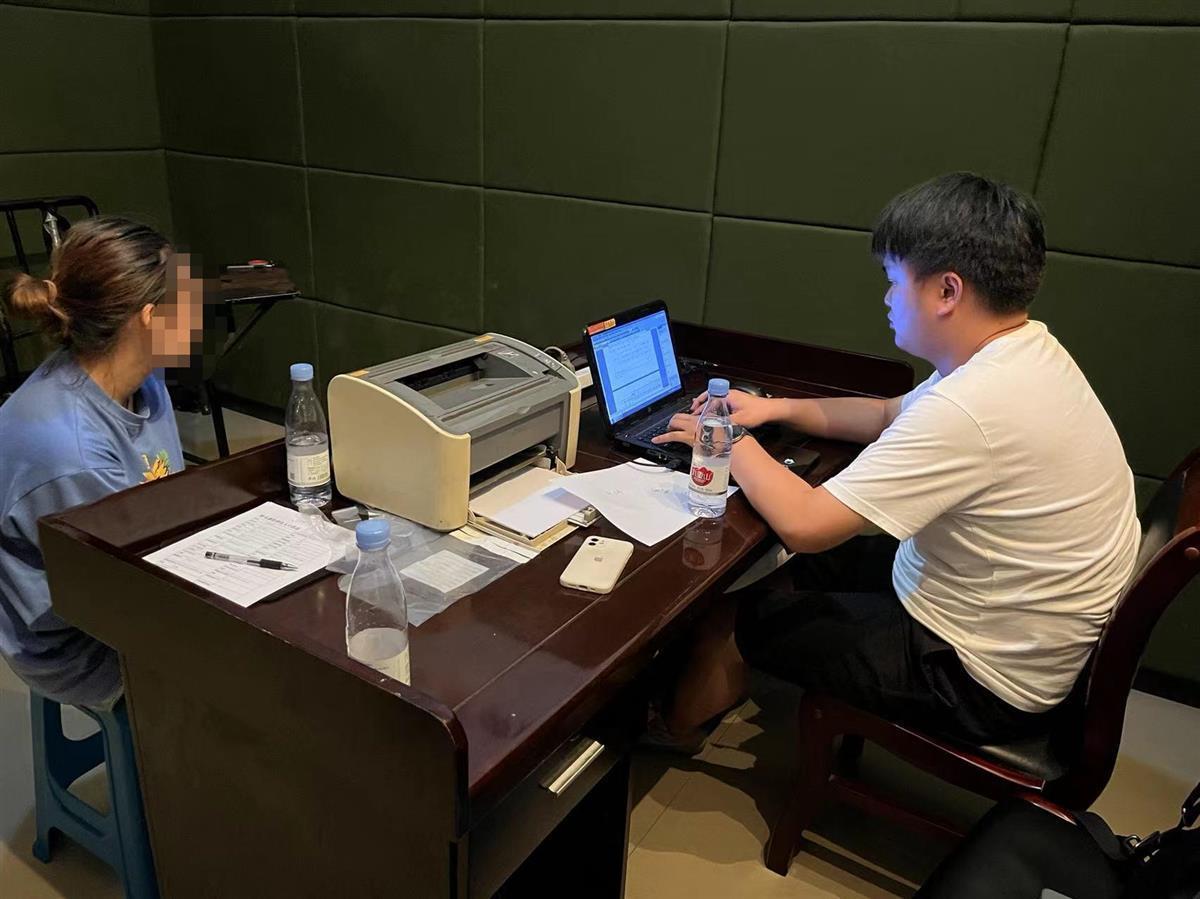Six of "Under Helan Mountain -Xixia Cultural Relics Special Exhibition":
Author:Music club Time:2022.08.12

Under Helan Mountain -Xixia Cultural Relics Special Exhibition
Six of Series
Changsha Museum Special Exhibition
Flower Foot Daxian Sharing
Under the towering Helan Mountains, on the desert wilderness, there are nine towers giant mounds, and they have been lying in the wind and sand for nearly a thousand years. A huge sealed land was buried under the fake regime -Xixia.

Xixia (1038-1227) is a local regime established by the party ’s items in northwestern China since the Sui and Tang Dynasties. Most of the autonomous region and the part of the Mongolian People's Republic. Xixia has continued for nearly two centuries. It has a unique cultural characteristics, and has also maintained a close connection with the Central Plains, and has made positive contributions to the integration of Chinese ethnic groups and the formation of unified multi -ethnic countries. In 1227, under the strong offensive of the Mongolian army, Xixia moved to death. After the establishment of the Yuan Dynasty, it did not cultivate the history alone, and the Xixia civilization became a glorious and mysterious past in the history of Chinese civilization.
In recent years, Xixia archeological work has continued to deepen, and a large number of cultural relics have been seen again, providing us with rich physical research materials. Xixia text, architecture, mausoleum, appliances, etc., from different aspects, real, three -dimensional, and vividly reveal the political, economic, and cultural life of Xixia, and the mysterious historical appearance of Xixia gradually became clear.


The exhibition concentratedly demonstrated more than 140 artifacts in Xixia in Ningxia, which comprehensively reflected the achievements of Xixia Culture, Economy, Buddhism, and Architecture, so that we could appreciate the glory of Xixia.

Xixia Ling is located in the middle of the east foothills of Helan Shandong, about 35 kilometers in the western suburbs of Yinchuan City, Ningxia. In the tomb area of 53 square kilometers, nine mausoleums are orderly, and 271 burial tombs are dotted. It is one of the largest mausoleums in the same period and the most complete ground site in China. The Xixia Cemetery is a master of the Xixia building, and is known as the "Eastern Pyramid". The Xixia Cemetery not only inherited and developed the tradition and skills of the Central Plains Han and Tang Dynasty architecture, but also injects the cultural connotation of the nomadic people, forming a unique regional and national characteristics of Xixia architectural style.
















































The picture of this article is taken by the flower foot Daxian
The author's authorized music will be released
Decumber to copy to your own micro -number without your consent
- END -
Strengthen the construction of transportation infrastructure to promote regional coordination and development
Since the 18th National Congress of the Communist Party of China, Jiangsu has taken the initiative to play the basic, leading, strategic and service role of transportation, vigorously promote the con
Female college students are the head of the head of the fly head, and they have become a gang of prostitution and criminal gang

Jimu Journalist Guan QianyuCorrespondent Zhu Peng Lu PingSmall cards in the wine a...